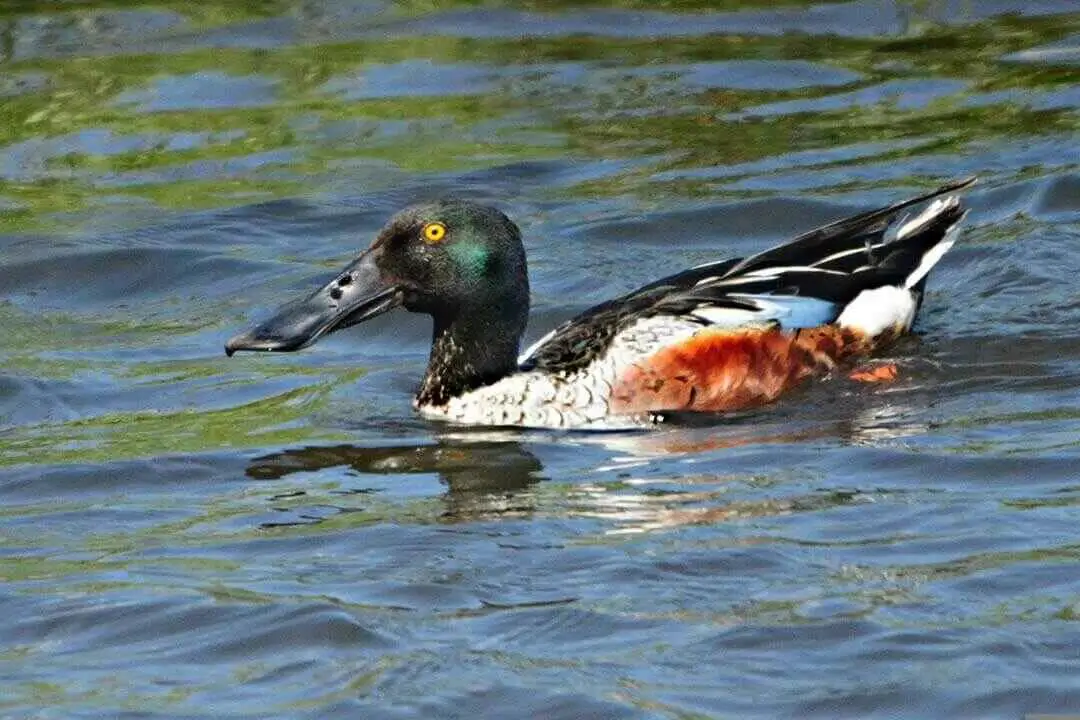
BIRDING IN
Lake Nakuru National Park
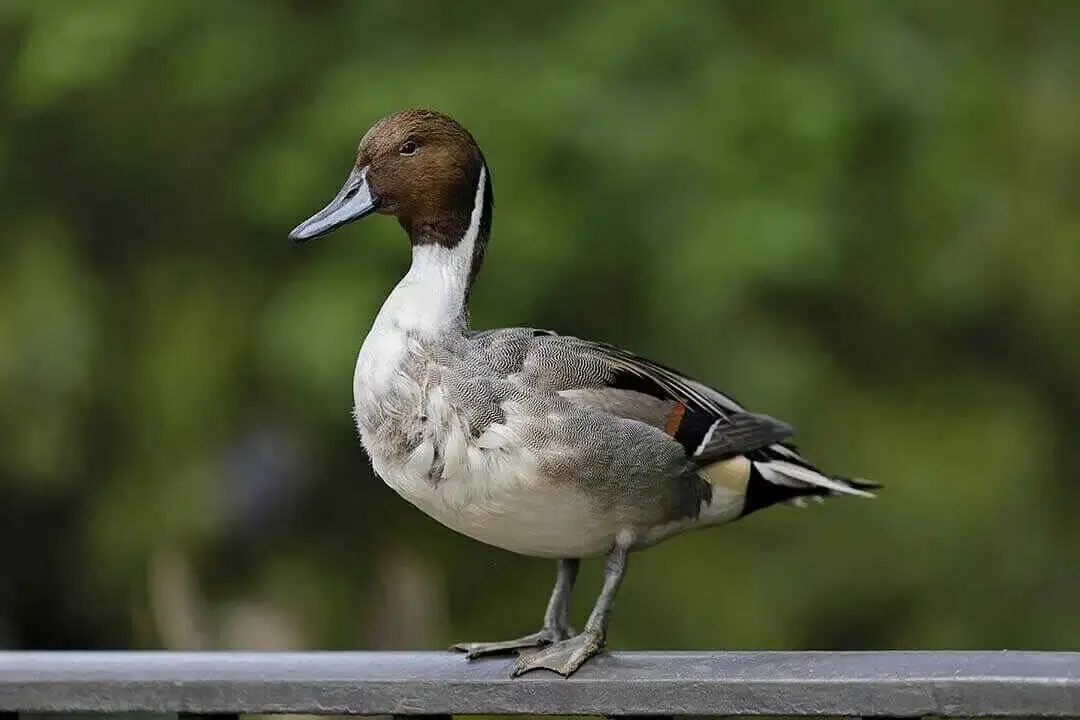
BIRDING IN
Lake Nakuru National Park
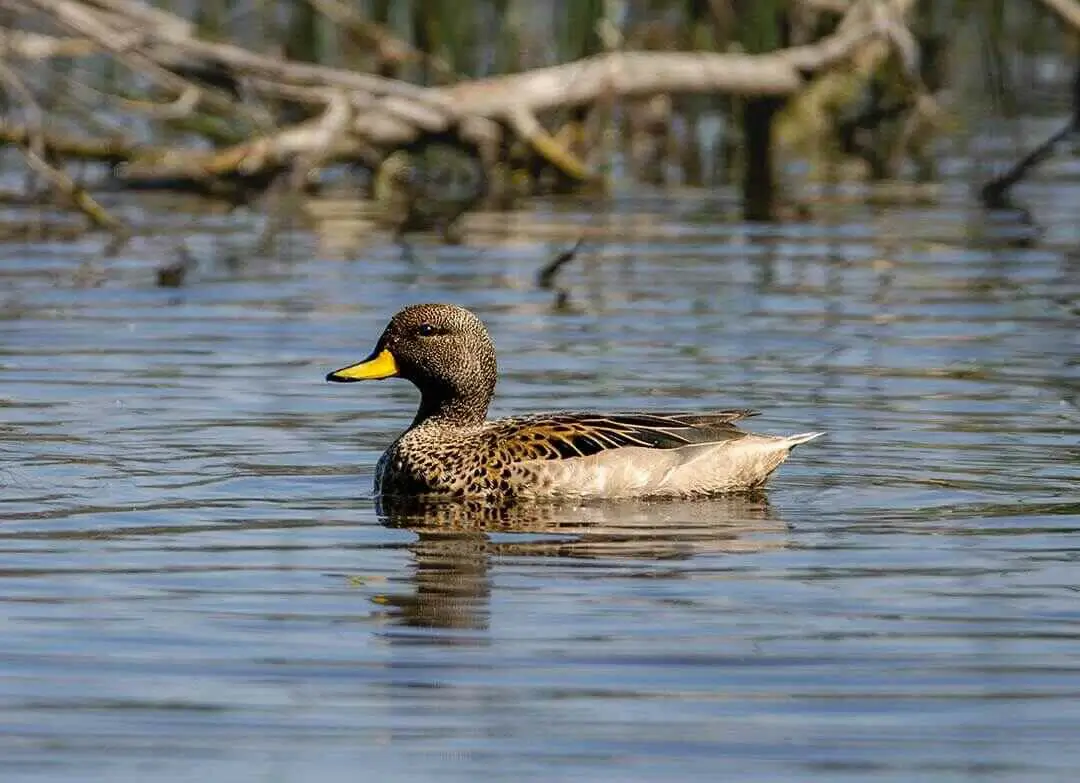
BIRDING IN
Lake Nakuru National Park

BIRDING IN
Lake Nakuru National Park
Lake Nakuru National Park is home to five globally threatened species of birds. It is a ramsar site located in the rift valley covers an area of 18,800 ha with an altitude 1,750 - 2,070 meters. This area comprises a very shallow, strongly alkaline lake (3,300 hactares), with surrounding woodland and grassland. Set in a picturesque landscape, the park abuts Nakuru town, an important and expanding agricultural and industrial center. The lake catchment is bounded by Menengai Crater to the north, the Bahati Hills to the north-east, and the Lion Hill ranges to the east, Eburu Crater to the south and the Mau escarpment to the west. Three major rivers, the Njoro, Makalia and Enderit, drain into the lake, together with treated water from the town's sewage works and the outflow from several springs along the shore.
Nakuru was first gazetted as a bird sanctuary in 1960 and upgraded to National Park status in 1968. A northern extension to the park was added in 1974. Lake Nakuru terrestrial zones host important populations of many mammal and bird species that are globally or regionally threatened. It is home to over 100 species of migratory birds and supports globally important populations of Black-Necked Grebe, African Spoonbill, Pied Avocet, Little Grebe, Yellow-Billed Stork, Black Winged Stilt, Grey-Headed Gull, and Gull Billed Tern.
The foundation of the lake's simple food chains is the cyanophyte Spirulina platensis, which often occurs as a unialgal bloom. At such times it can support huge numbers of Phoenicopterus minors and the fish Oreochromis alcalicus grahami (introduced in 1960 from Lake Magadi, IBA KE047, to curb mosquitoes). The fish in turn support a number of secondary consumers. The lakeshores are mainly open alkaline mud, with areas of sedge Cyperus laevigatus and Typha marsh around the river inflows and springs, giving way to grassland and a belt of Acacia xanthophloea woodland. Rocky hillsides on the park's eastern perimeter are covered with Tarchonanthus scrub and magnificent Euphorbia forest.
The lake is internationally famous for its populations of Phoenicopterus minor; numbers can reach 1.5 million at times, though drastic and unpredictable fluctuations occur. Undoubtedly Nakuru is a very important feeding site for this species; attempts by flamingos to breed here have not been successful. Other waterbirds have increased considerably in numbers and diversity since the introduction of fish in 1961. At times Nakuru is a major feeding ground for Pelecanus onocrotalus, which nest on rocky islets in nearby Lake Elmenteita and move to Nakuru daily to feed.
Large numbers of Palearctic waders winter at Nakuru or use the site on passage, and Nakuru (at least in the past) has been a key site in the eastern Rift Valley flyway. Nakuru is rich in birds generally—some 450 species have been recorded. Globally threatened species include Ardeola idae (a nonbreeding visitor, May to October); Phoenicopterus minor (a key feeding site for this species); Falco naumanni (a passage migrant, relatively common in the past), and Prionops poliolophus (probably resident in the Acacia woodland, where it has nested). Regionally threatened species include Podiceps cristatus (used to occur in numbers, but no recent records), Oxyura maccoa (no recent records), Casmerodius albus (up to 84 recorded, numbers have declined in recent years), Polemaetus bellicosus (sparse resident), Rynchops flavirostris (no recent records) and Euplectes progne (seasonal visitor, in long grassland). Expect to see quite a core population of both Greater and Lesser Flamingos in the lake.
Lake Nakuru National Park Common Birds include; Knob billed Duck, Southern Pochard, Hottentot Teal, Cape Teal, Common Ostrich, Northern Shoveler, Black-necked Grebe, Northern Pintail, Helmeted Guineafowl, Hildebrandt's Francolin, Lesser Flamingo, Greater Flamingo, Jacobin Cuckoo, Nyanza Swift, Yellow-billed Duck, Horus Swift, Grey-crowned Crane, Black-tailed Godwit, Broad-billed Sandpiper, Spotted crake, African Snipe, African Skimmer, Secretary bird, Lemon-rumped Tinkerbird, Saddle-billed Stork, African Darter, White-fronted Bee-eater, Giant Kingfisher, Brubru, African Firefinch, Grassland Pipit, Grosbeak Weaver, Brown Parisoma, Pectoral-patch Cisticola, Arrow-marked Babbler, Mosque Swallow, Slender Starling, Violet-backed Starling, Martial Eagle, Gabar Goshawk, Pearl-spotted Owlet, Verreaux's Eagle, Blue-naped Mousebird, Red-throated Wryneck, Bearded Woodpecker, Great White Pelicans, Whiskered Terns, Grey-headed Gulls, Glossy Ibis, waders such as Common Sandpipers, Little Stints, Kittlitz's Plovers.
Our Experts are ready to provide answers
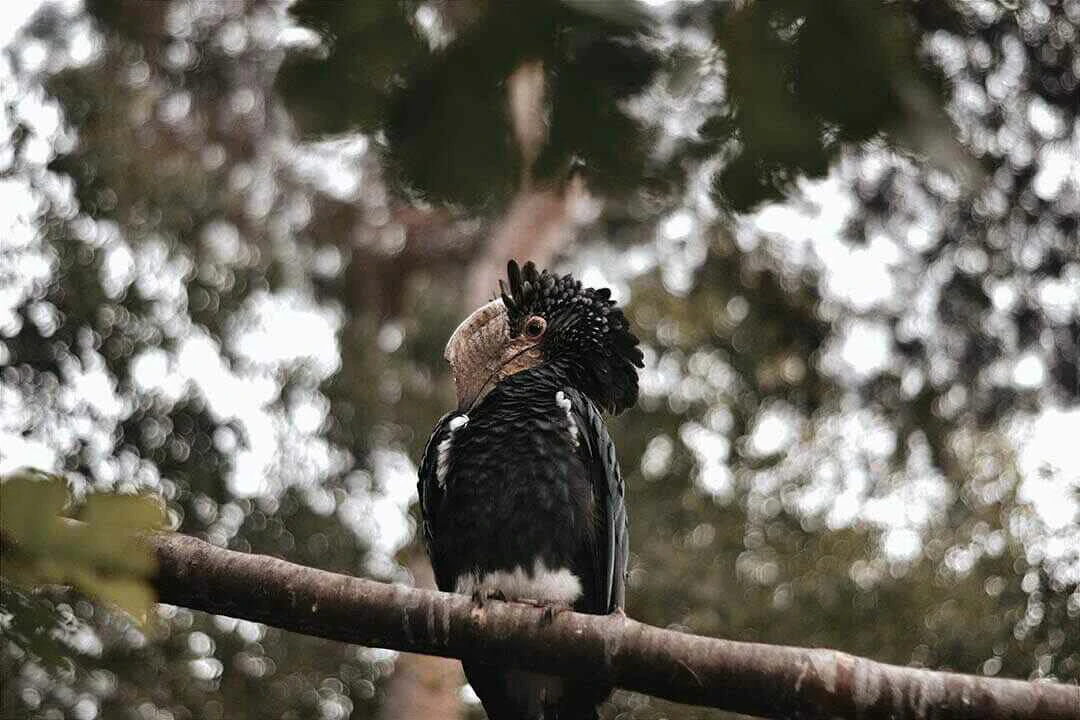
Over 200 bird species have been recorded, including Aviceda cuculoides, Buteo oreophilus, Francolinus jacksoni, F. psilolaemus and Tauraco hartlaubi. Nectarinia johnstoni is found on the high peaks, foraging largely on lobelias, while other montane sunbirds (including Nectarinia tacazze, N. reichenowi, N. famosa and N. mediocris) are common at slightly lower altitudes.
Read More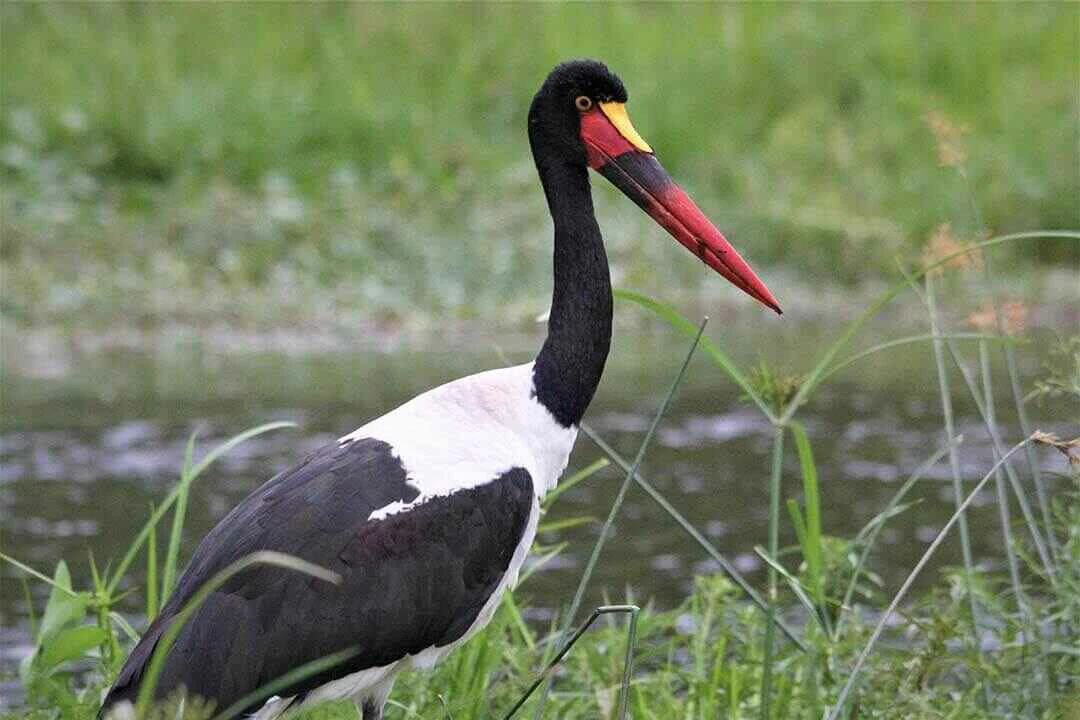
Some 244 bird species are known from this Important Birding Area. The area is important as the southern limit of many Sudan - Guinea Savanna biome birds. The most interesting species known from this little explored region is the submontane sunbird Nectarinia preussi of the Afrotropical Highlands biome.
Read More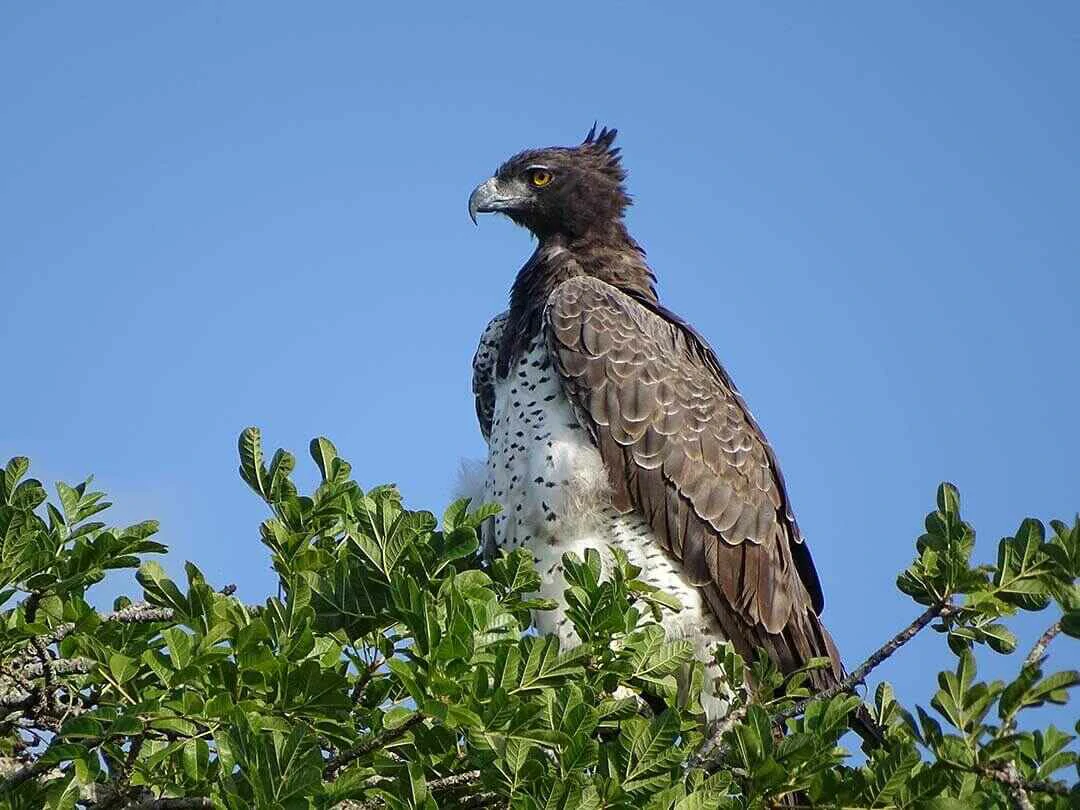
At least 16 bird species occur in Kakamega but nowhere else in Kenya, and another 30 (such as Psittacus erithacus) are probably now confined to this site. The grassy glades have their own distinctive avifauna, with many moist-grassland species that are now rare elsewhere in western Kenya. Regionally threatened species include Circaetus cinerascens (fairly common resident), Hieraaetus ayresii (relatively abundant),
Read More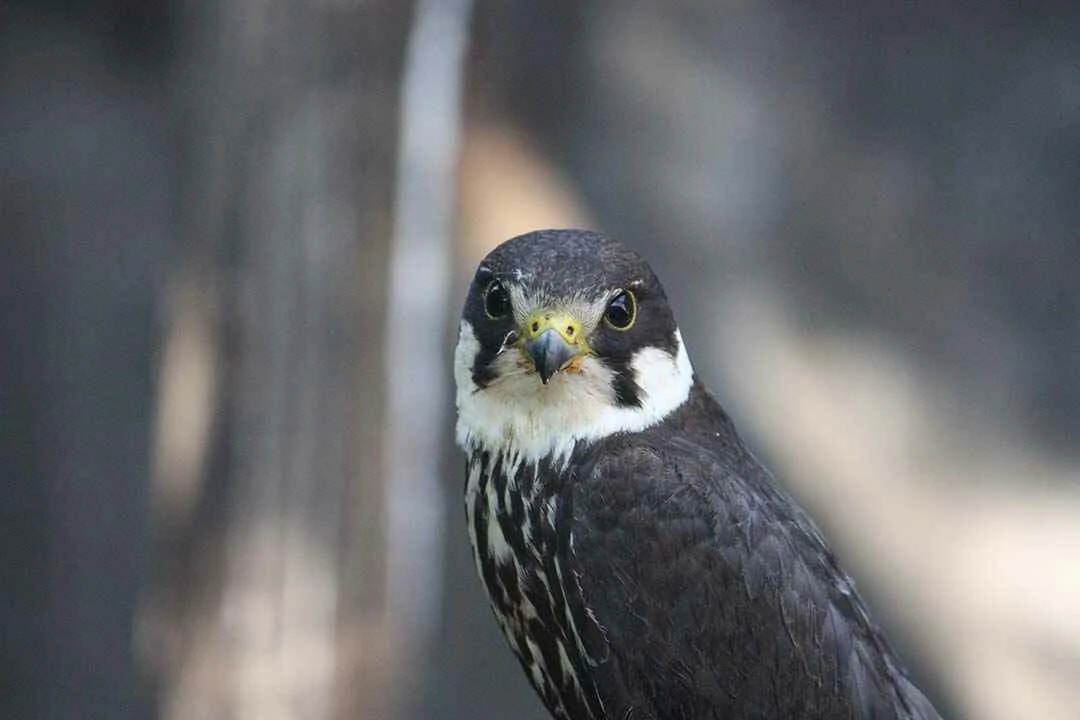
This is probably the world stronghold of Macronyx sharpei, a threatened Kenya bird endemic. The species is confined to grassland, preferring short-grass fields with tussocks, and in good habitat occurs at densities of 0.8 individuals/ hactares. Cisticola aberdare is thought to occur in the higher parts of the plateau, close to the Aberdare mountains,
Read More
Lake Elementeita is home to 13 globally threatened bird species and some of the highest bird diversities in the world. Due to the assemblage of various birds of conservation concern, such as the threatened, range-restricted Grey-crested Helmet-shrike nearly threatened which occurs in the surrounding woodland where it may be resident.
Read More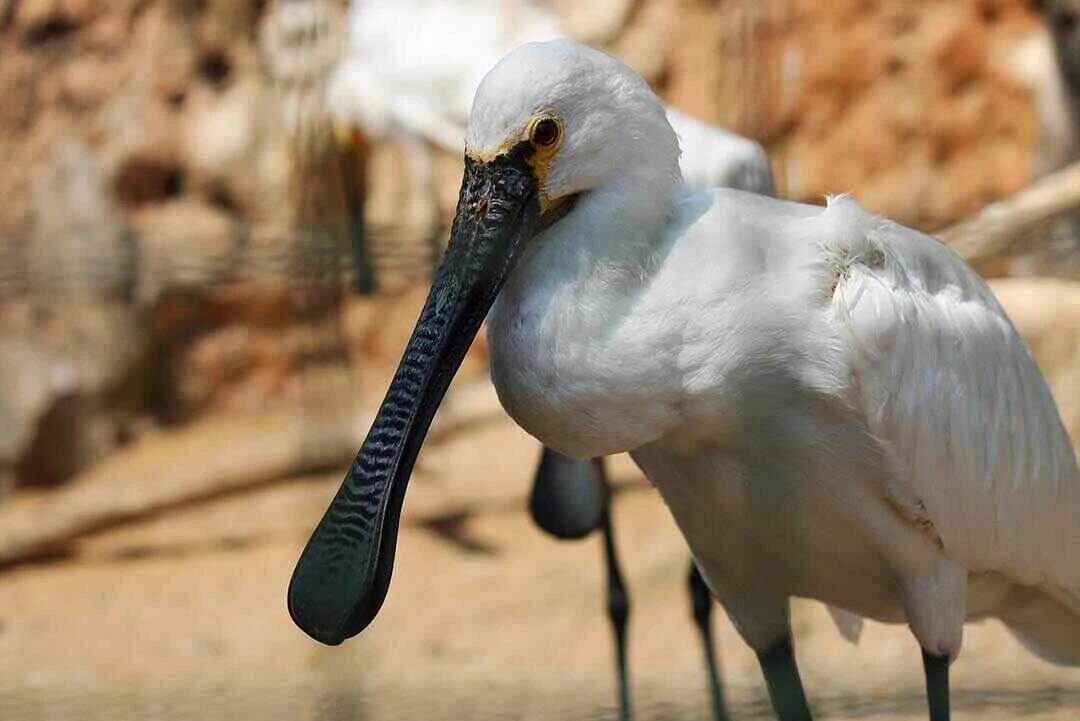
Bird life is concentrated at the lagoons. Phoenicopterus minor is often present in internationally important numbers though Magadi is a much less significant feeding site for this species than Bogoria or Nakuru.
Read More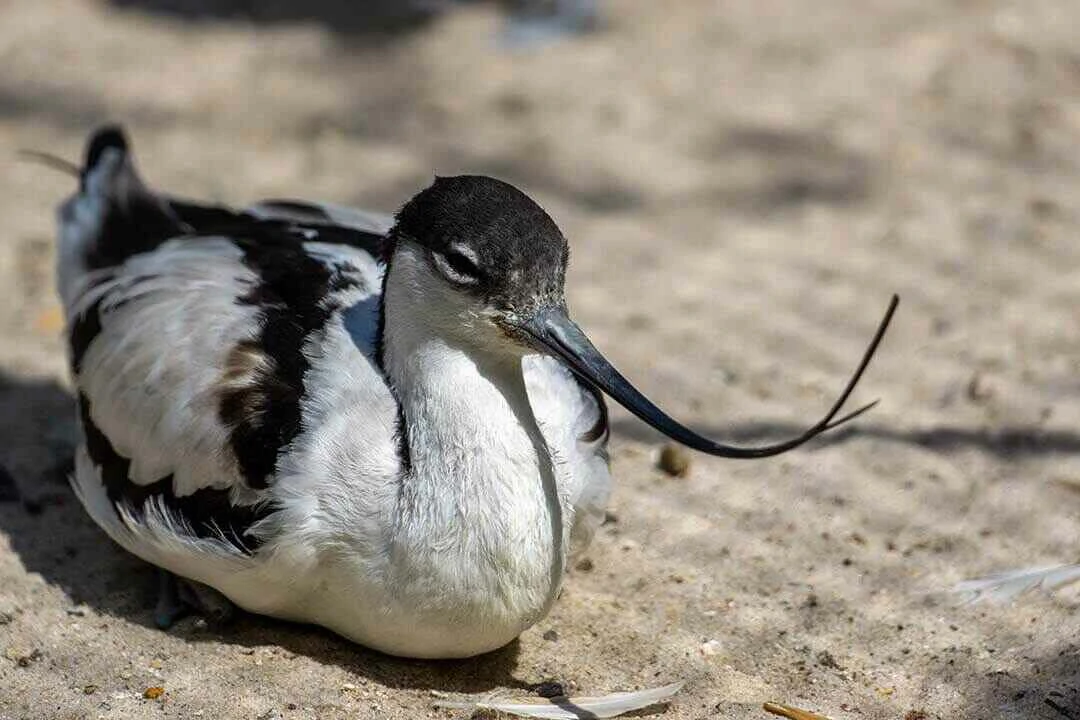
Lake Naivasha and its surrounding harbour numerous bird species that include kingfishers, pelicans, great cormorants, fish Eagles, Pelicans, Grey-backed fiscal, hawks, cuckoos, woodpeckers, shrikes, Cape Teal, Pied Avocet, Black Heron, Goliath Heron, Maccoa Duck, Great White Pelican, Common Greenshank, Ruff, Green Sandpiper, Hilderbrandt's Francolin, Arrow-marked Babbler, African Fish Eagle.
Read More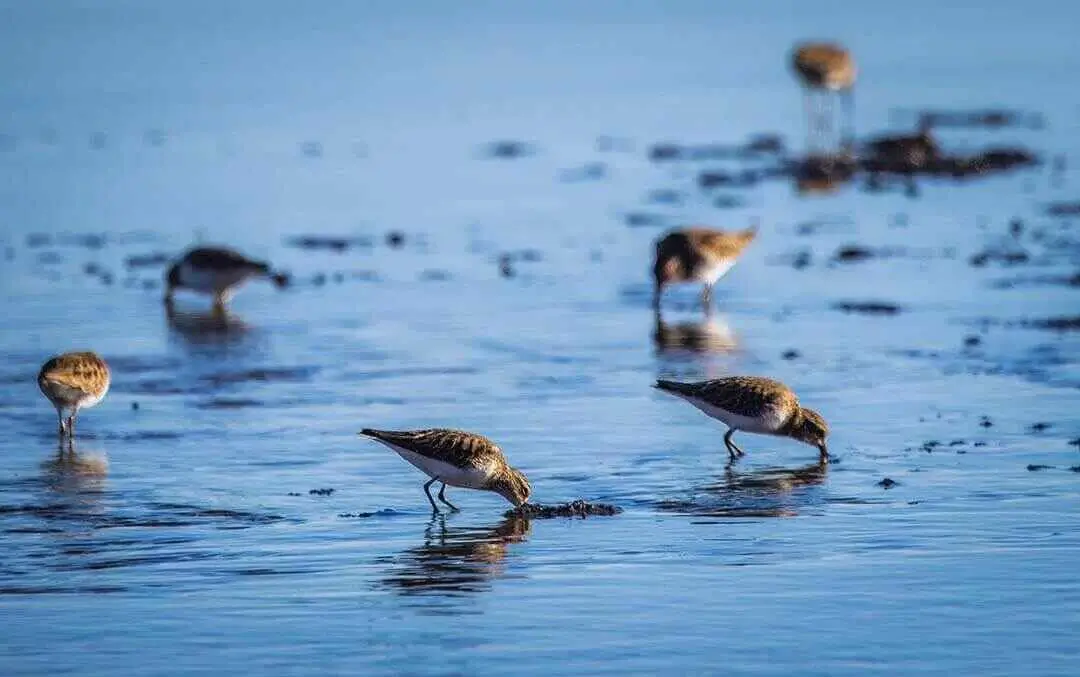
Turkana is an extremely important waterbird site: 84 water bird species, including 34 Palearctic migrants, have been recorded here. Over 100,000 Calidris minuta may winter, representing more than 10% of the entire East African/South East Asian wintering population.
Read More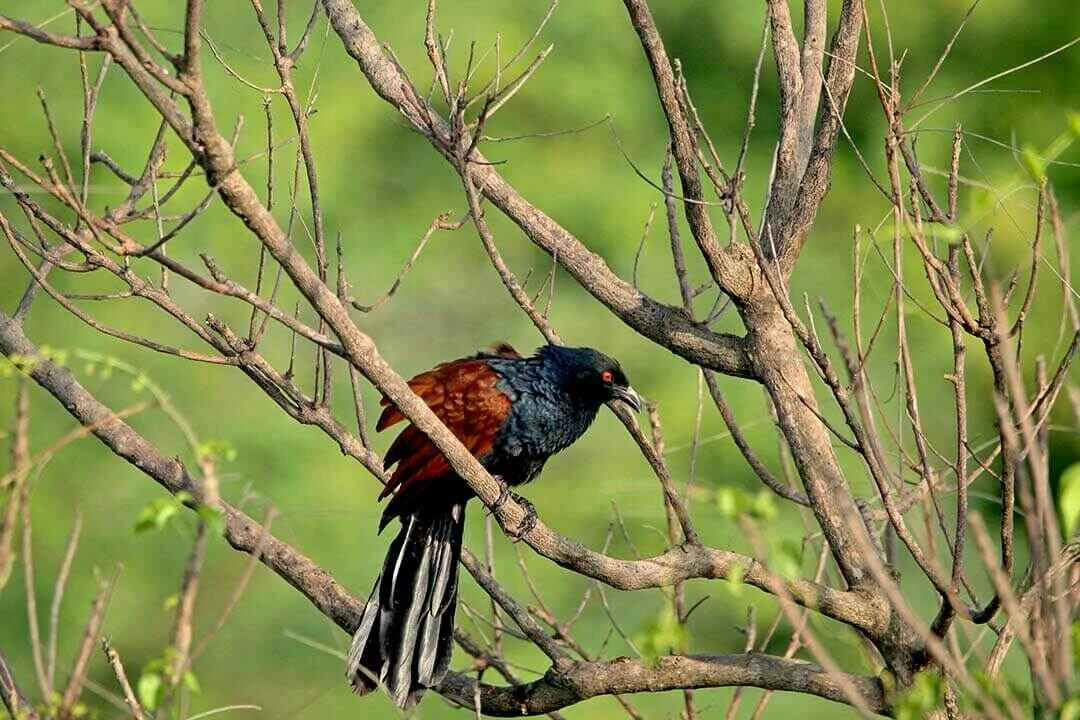
The Mara's extensive grasslands are a stronghold for the threatened, migratory Crex crex and the near threatened, restricted-range Euplectes jacksoni. The woodlands around the reserve are probably the centre of abundance for the threatened, restricted-range Prionops poliolophus.
Read More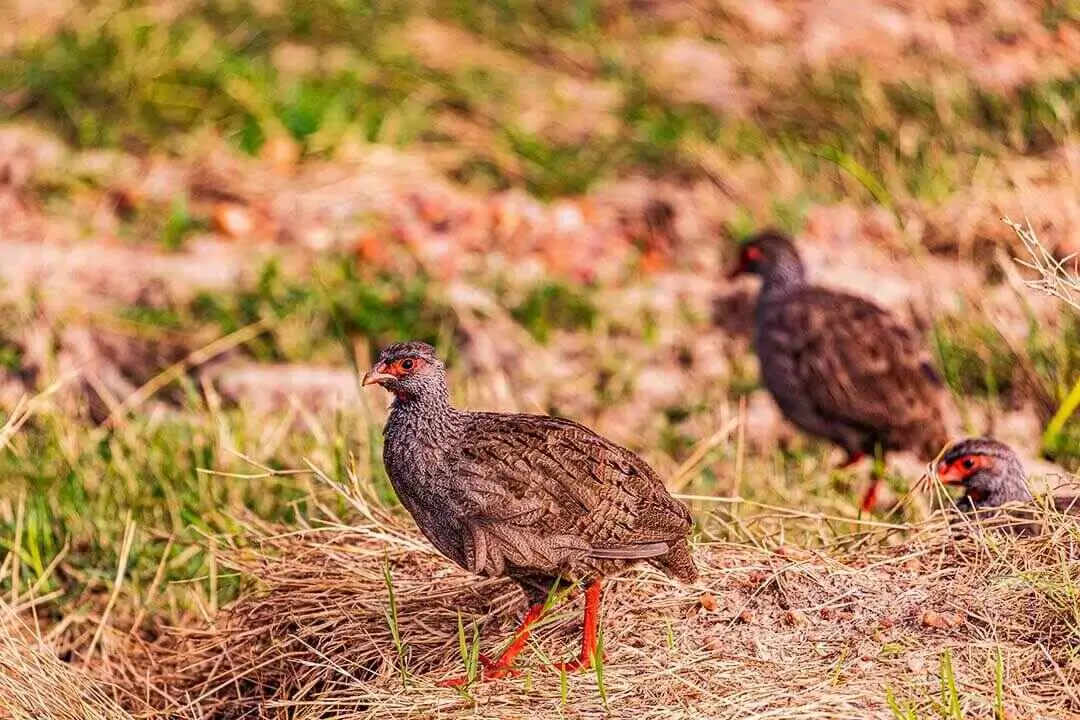
A number of regional endemics occur such as Tauraco hartlaubi and the restricted-range Cisticola hunteri and Francolinus jacksoni. Regionally threatened species include Hieraaetus ayresii (scarce and local), Stephanoaetus coronatus (resident in small numbers), Tyto capensis (no recent records), Bubo capensis, Glaucidium tephronotum (fairly common), Indicator exilis, Sheppardia polioptera (uncommon and local), and Campephaga quiscalina (uncommon resident).
Read More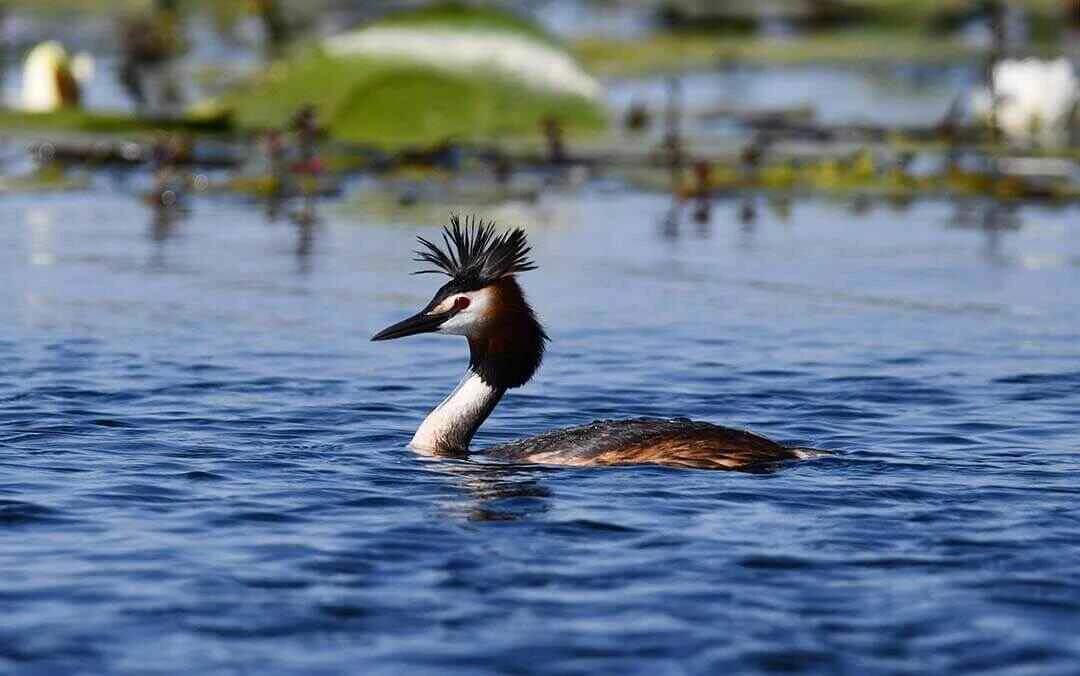
Key species here include Macronyx sharpei and Cisticola aberdare both known to occur, but their current status and distribution within the Important Bird Area are unknown. Falco naumanni is a formerly regular Palearctic passage migrant, and Gallinago media is an uncommon Palearctic winter visitor.
Read More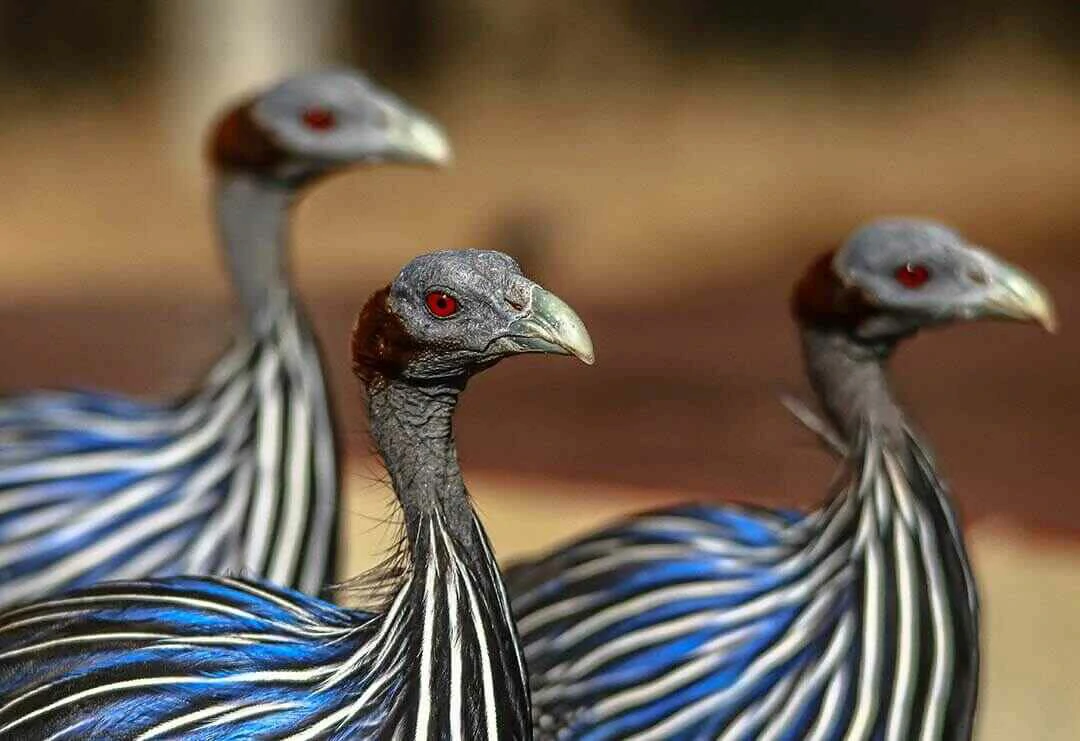
Meru offers good bird watching throughout the year, but the best time is from November to April when the migrants from Europe and North Africa are present. This coincides with the breeding season when many species are nesting. Although good for birding, April tends to be very wet and is a less productive time for wildlife viewing.
Read More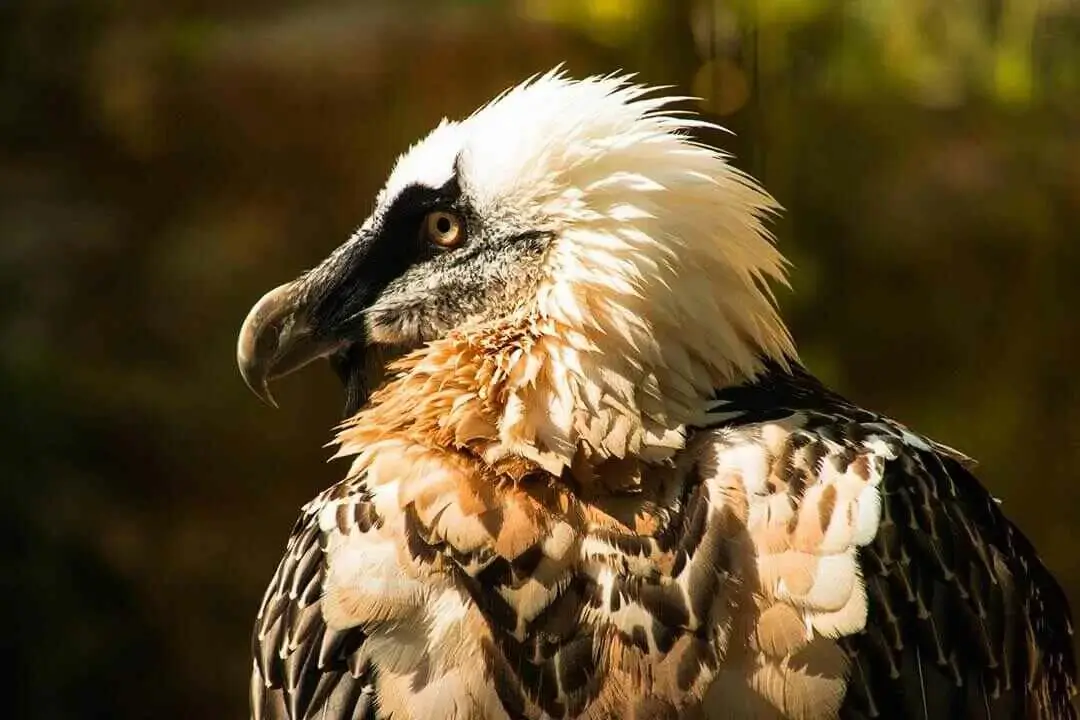
Mount Elgon National Park is home to 305 species of birds most of which are only found, Jackson's and Moorland Francolins, endemic to Kenya, Hartlaub's Turaco, Black-collared Apalis, and Streaky-headed Seedeater.
Read More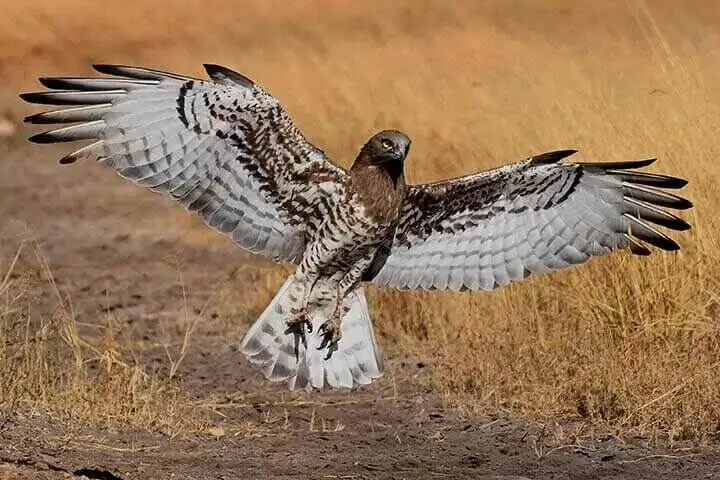
Mount Kenya National Park is home to 305 species of birds most of which are only found, Jackson's and Moorland Francolins, endemic to Kenya, Hartlaub's Turaco, Black-collared Apalis, and Streaky-headed Seedeater.
Read More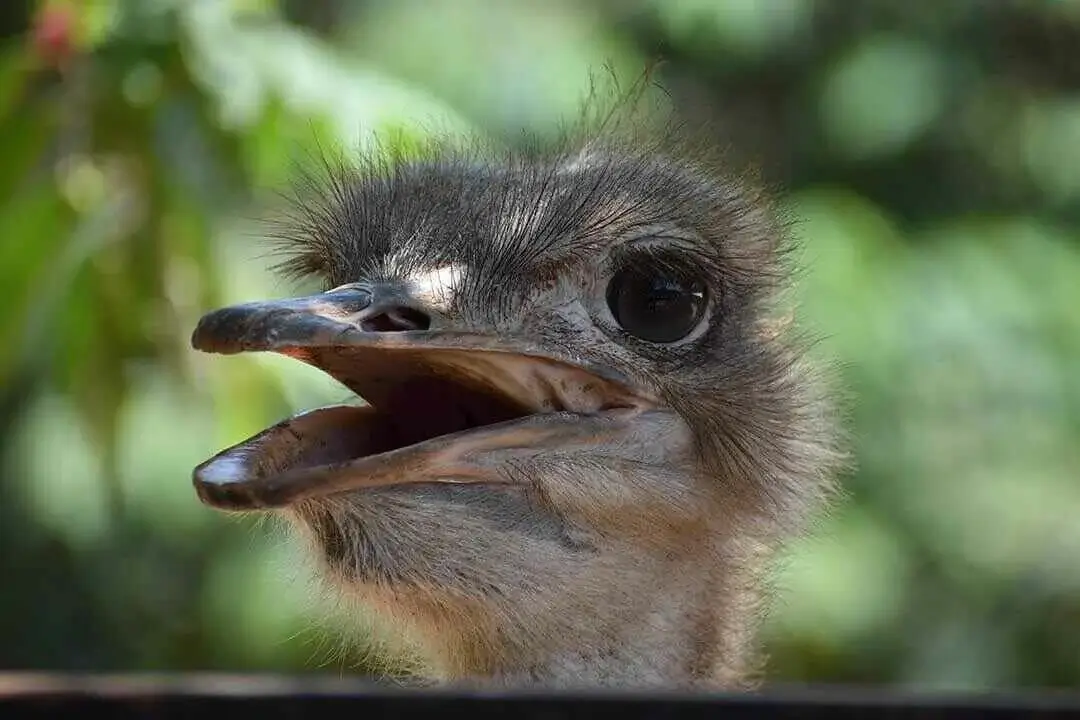
Nairobi National Park is an important roosting site for Falco naumanni flocks on passage (up to 5,000 have been recorded), although numbers have declined markedly in recent years. The substantial area of undisturbed grassland is of great importance for species such as the restricted-range Euplectes jacksoni, which breeds here regularly after good rains
Read More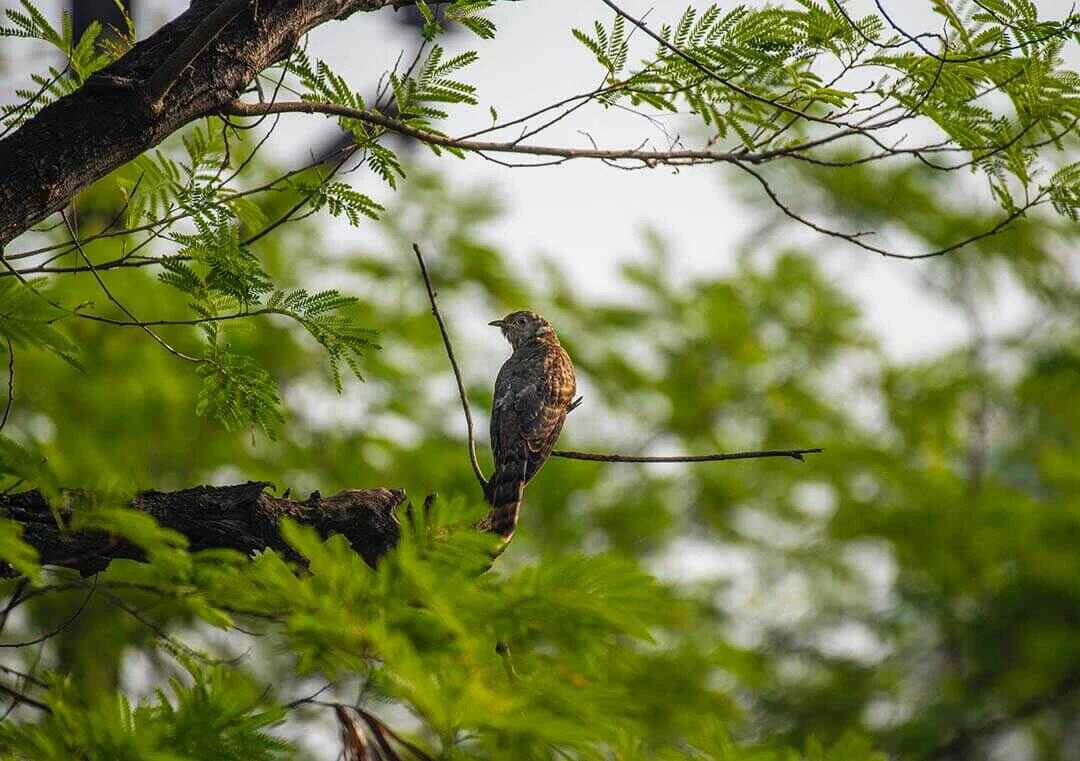
Ruma National Park is a birding destination with over 400 species of birds recorded in the park, making it an important bird area, the rare intra African migrant, the blue swallow is one such avian species.
Read More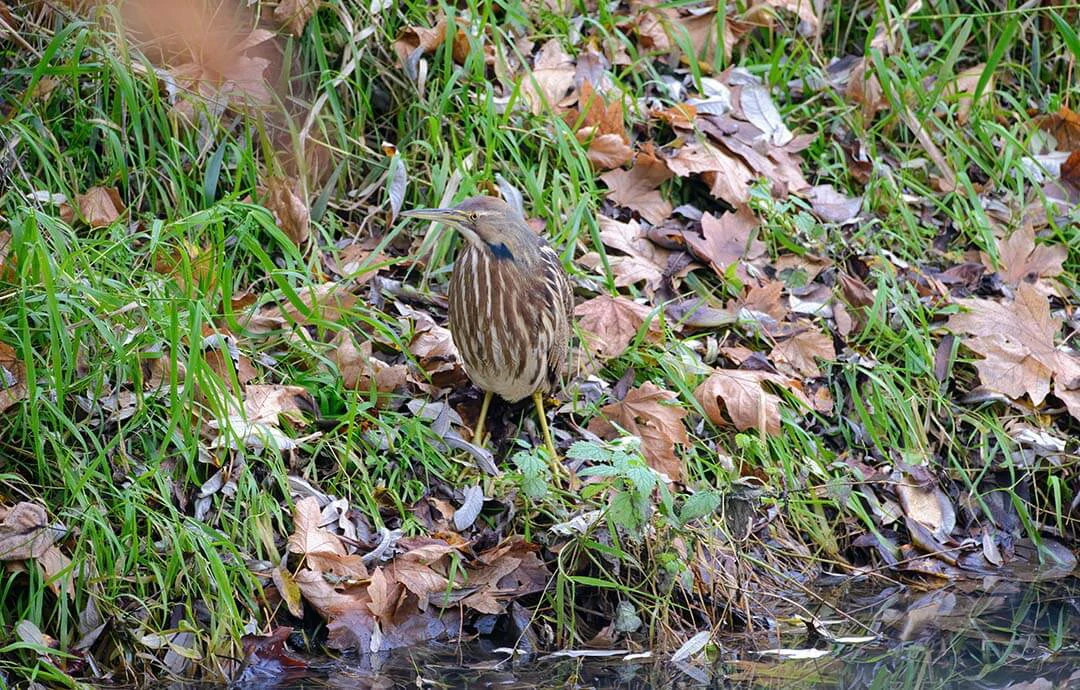
Saiwa National Park Birds include, Dwarf Bittern, Western Reef Heron, Goliath Heron, African Fish Eagle, African Marsh Harrier, Bat Hawk, Wahlberg's Eagle, Allen's Gallinule, African Green Pigeon, Ross's Turaco, Blue-headed Coucal, Narina Trogon, Abyssinian Roller, Mustached Green Tinkerbird, Slender-billed Greenbul, Grey-winged Robin-Chat, African Thrush, White-browed Crombec, Black-throated Apalis, Black-throated Wattle-eye, African Blue Flycatcher, Brown Flycatcher, Yellow-billed Shrike, Marsh Tchagra, Bronze Starling, Heuglin's Masked Weaver, Hartlaub's Marsh Widowbird Black-bellied Seedcracker
Read More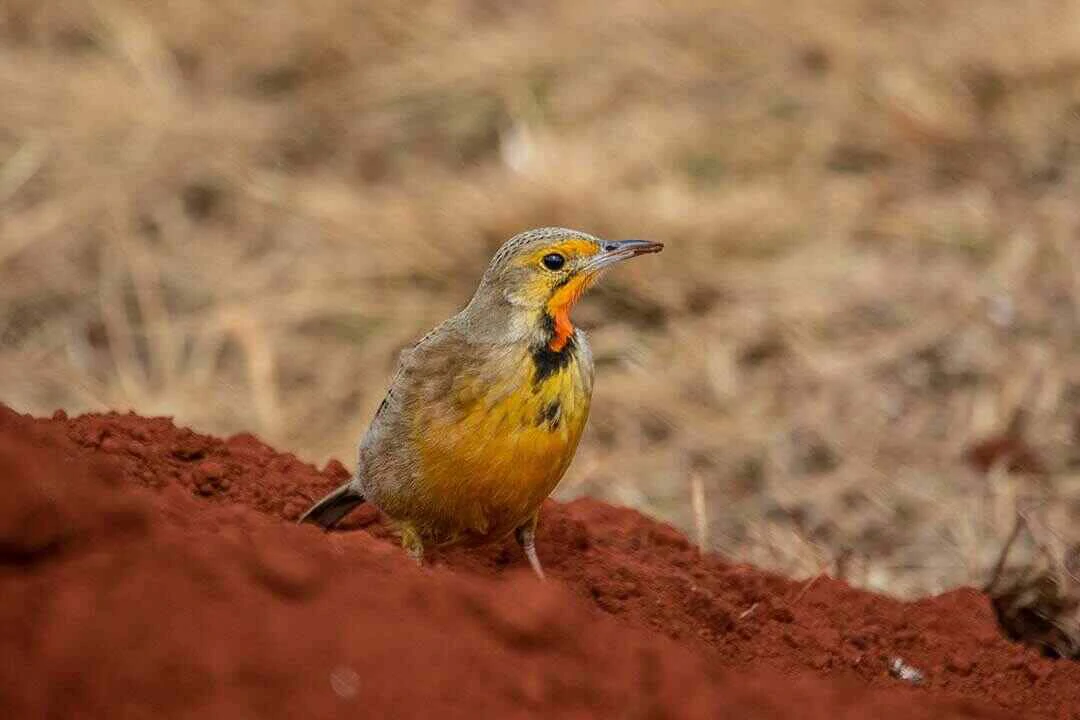
Tsavo East National Park is the one of the best birding safari destination in Kenya and the entire East African region. It has many dry- country specials which are easy to spot, including the bravura golden- breasted, golden pipit and the Vulturine Guinea fowl. The park is also south most known for the Somali ostrich.
Read More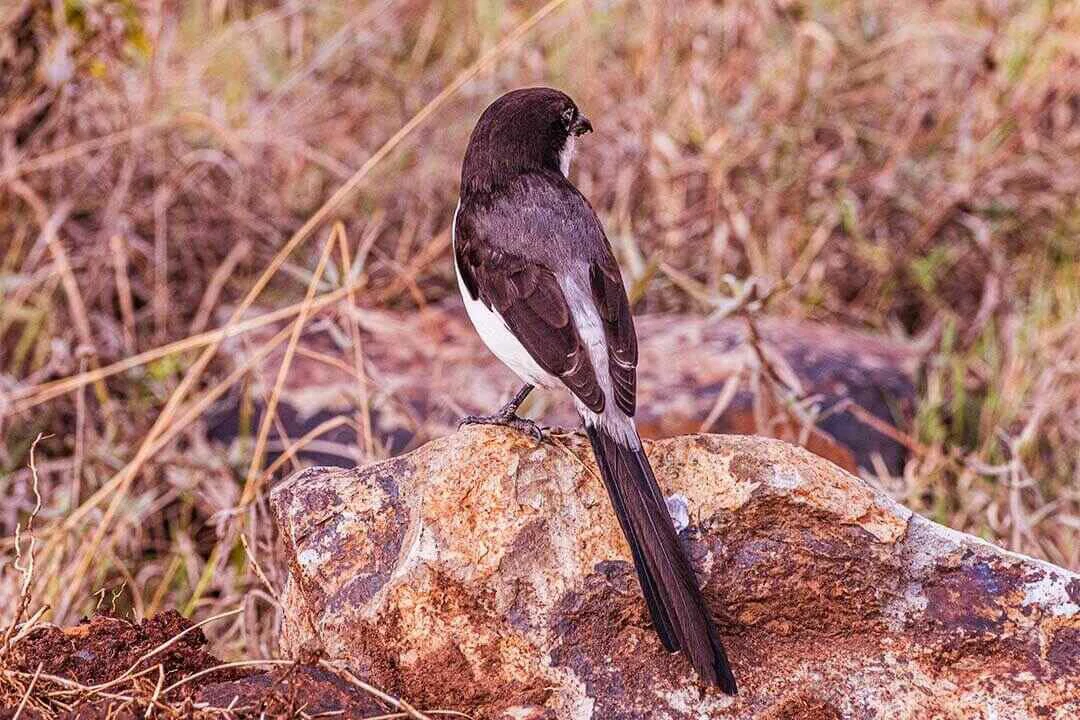
Tsavo West has a rich avifauna. The enigmatic, Near Threatened Mirafra pulpa has been recorded singing and displaying in years of good rains, and presumably nests here. Tsavo West forms part of a corridor of natural habitat in eastern Kenya through which vast numbers of Palearctic birds migrate, especially in November and December.
Read More